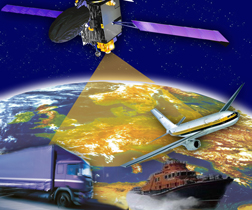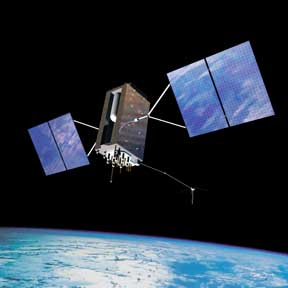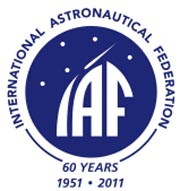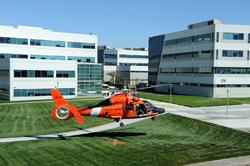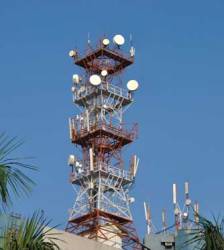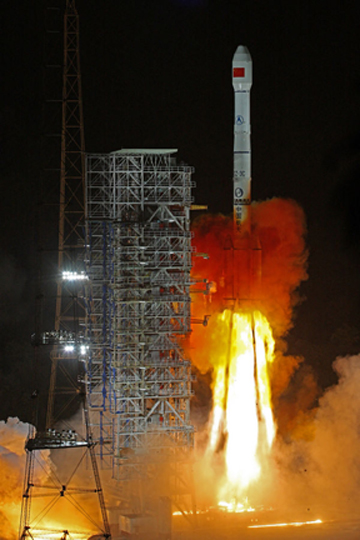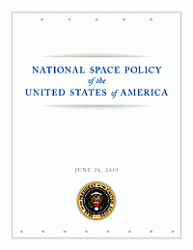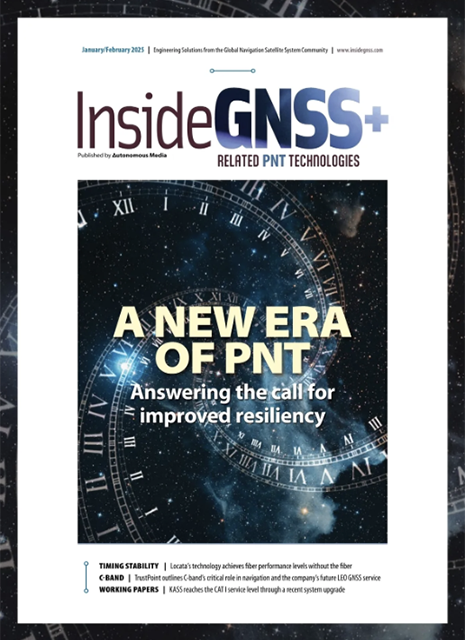EC Official Adds Galileo, EGNOS Worries to FCC’s LightSquared-GPS Deliberations
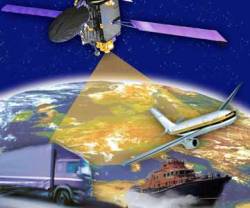 European Geostationary Navigation Overlay Service (EGNOS). ESA illustration
European Geostationary Navigation Overlay Service (EGNOS). ESA illustrationCiting European Space Agency (ESA) studies that showed “harmful interference” to Galileo receivers operating up to 1,000 kilometers from LightSquared base stations, a European Commission (EC) official has told the Federal Communications Commission (FCC) about his “deep concerns” about the wireless broadband company’s terrestrial transmissions in the 1525–1559 MHz band next to L1 GNSS frequencies.
By Inside GNSS
